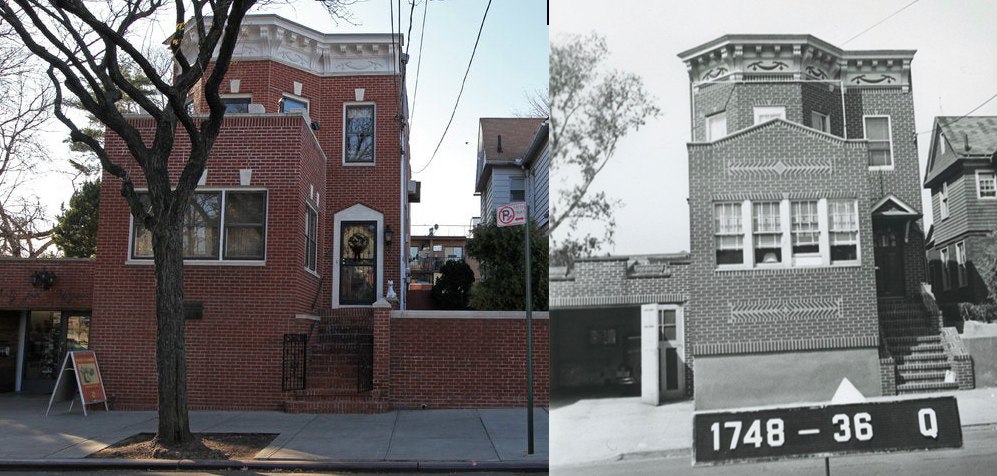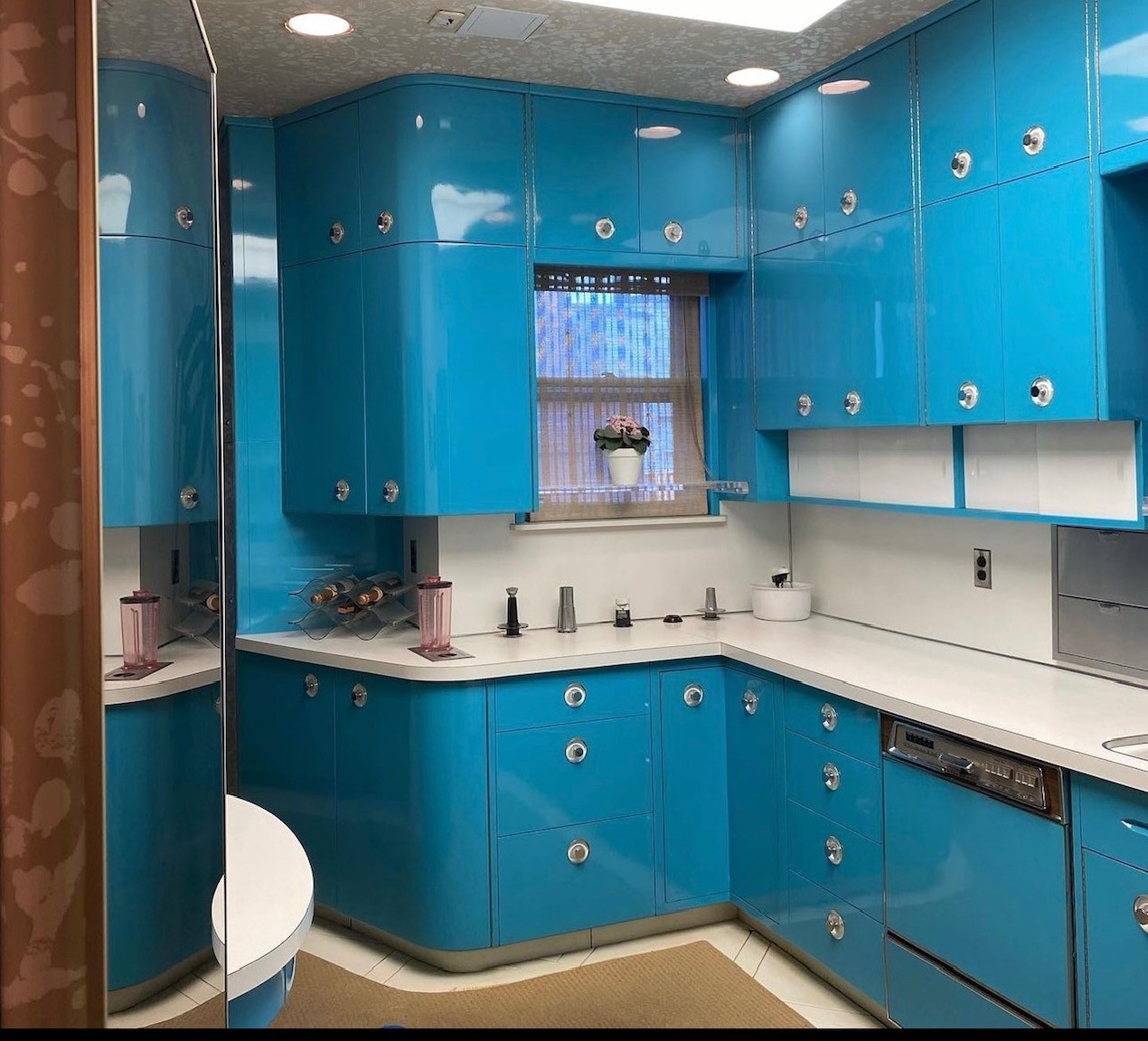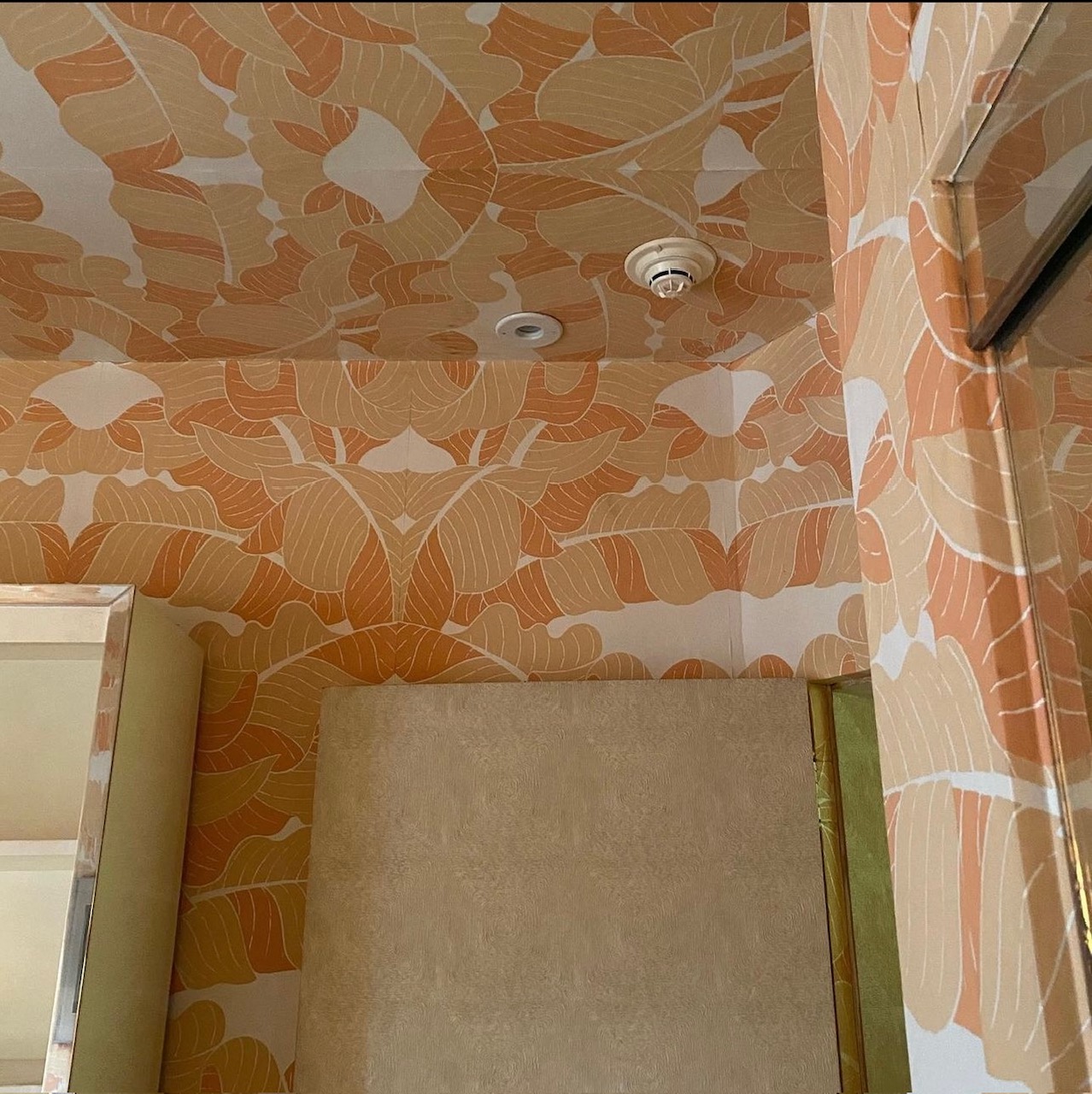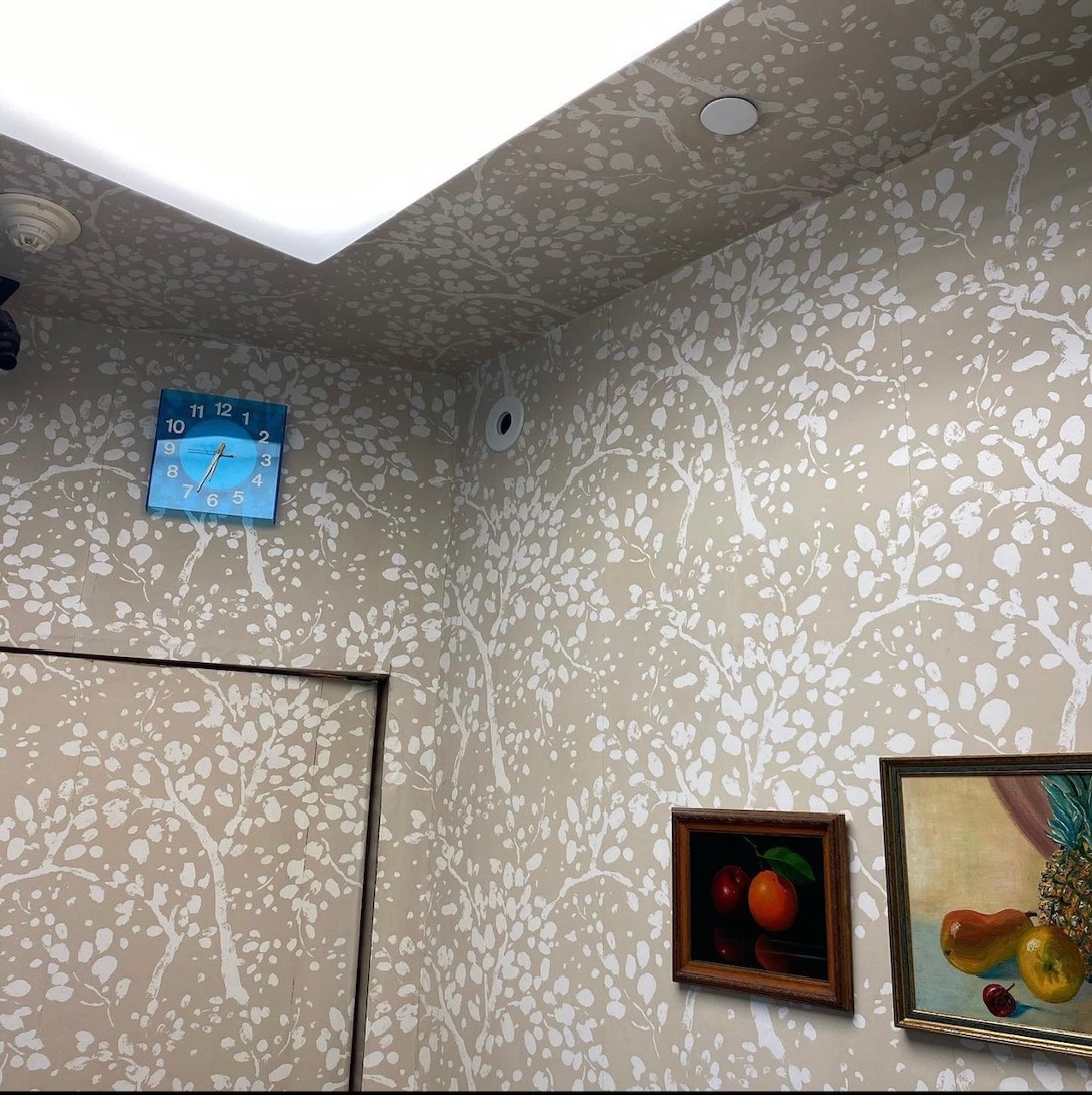Louis Armstrong House
Retrofitting a Jazz Icon's Home with Modern Comfort

By 1943, Louis Armstrong was already a world-renowned celebrity, having introduced the uniquely American artform of jazz music to adoring audiences around the globe. After spending so many years on the road, “Satchmo” permanently settled into an unassuming two-story home in the multicultural neighborhood of Corona in the New York City borough of Queens with his wife Lucille. It would remain his primary home until his death in 1971. Declared a National Historic Landmark in 1976, the home was bequeathed to the city upon Lucille Armstrong’s death in 1983, with her stipulation that the property be made into a museum devoted to her husband’s many accomplishments. The city designated City University of New York, Queens College to sift through the home’s belongings and Louis Armstrong’s extensive archives. The work took two decades, and the Louis Armstrong House Museum (LAHM) officially opened for public tours in 2003. The LAHM’s mission is “to sustain and promote the cultural, historical, and humanitarian legacy of Louis Armstrong by preserving and interpreting Armstrong’s house and grounds, collecting and sharing archival materials that document his life and legacy, developing programs for the public that educate and inspire, and engaging with contemporary artists to create performances and new works.” Designed by architect Robert W. Johnson and built by Thomas Daly in 1910, the brick house underwent some changes when the Armstrongs took occupancy. The original porch was bricked in, and this space was added to the living room. The couple also had an attached garage built. Befitting Louis’ status as a celebrity, the home was outfitted with mid-century modern appointments and amenities, including built-in kitchen appliances and a spacious wood paneled den with floor-to-ceiling bookcases. The Armstrongs further personalized the home with their choices of period-specific wallpapers, including a unique foil application in the master bedroom. When Louis was not touring, recording, or performing at various national and international functions, the house was a meeting place for notable musicians, celebrities, and civil rights activists of the day. In warmer months, “Pops” – as he was affectionately known to his friends and neighbors – would regale the neighborhood youth with an impromptu tune or tales from his extensive travels delivered from the front stoop.
The Problem
As with many houses of its era, what the cozy home lacked was central air conditioning. While this situation was eventually mitigated during the Armstrong’s tenure with fans and window units, such stopgaps were insufficient for the museum’s preservation of its treasured artifacts not to mention the comfort of visitors. In addition, the museum is a not-for-profit entity, so its indoor comfort solution had to be mindful of the organization’s monthly energy expenditures. Fortunately, the preservationists involved with the museum had the perfect answer.
The Solution
When asked how to best upgrade the home with modern central cooling without disturbing the original design and period finishes, the site architect and restoration contractors all answered with The Unico System. All had worked on historic property renovations and knew Unico’s track history of efficiently and comfortably cooling historic structures while leaving their inherent charms and original aesthetics intact. They contacted Mike Raguseo with Energy Mechanical, Inc. Mike and his team have installed Unico in homes and businesses throughout New York City for almost three decades and, while they are no strangers to working on historic properties, this project did pose some challenges. “One of the pluses of The Unico System, of course, is its ability to easily fit into historic structures without the need for extensive remodeling,” said Mike. “But this home particularly required absolutely no disruption because of the need to preserve the site exactly as it was when the Armstrongs lived there.” Mike and his crew were able to route the small supply tubing in closets and behind built-in cabinets – something that wouldn’t be possible with a traditional A/C system. “The foil wallpaper was especially troublesome because of its brittleness. Any scratch or tear can easily ruin the entire wall or ceiling. Luckily, The Unico System is so unobtrusive you can barely notice the installed outlets.” Energy Mechanical housed the air handling equipment and plenum for a 4-ton Unico System for straight cooling with a DX refrigerant coil in the attic space above the second floor. The conditioned air is distributed throughout the home/museum via twenty-six round outlets situated in the walls and ceilings of various rooms.
The Results
Not only do visitors feel comfortable in New York’s sweltering summer months, but the museum has seen a marked reduction in their monthly electrical bills since the installation was completed in January of 2021. We like to think Pops and Lucille would describe The Unico System as “cool, cool, cool!”
Installer
Energy Mechanical Inc.- Mike Raguseo
Phone: 718-866-8544
www.energymechanicalny.com
Distributor
MCN
Phone: 631-753-1800
mcndist.com
Location
Queens, New York







